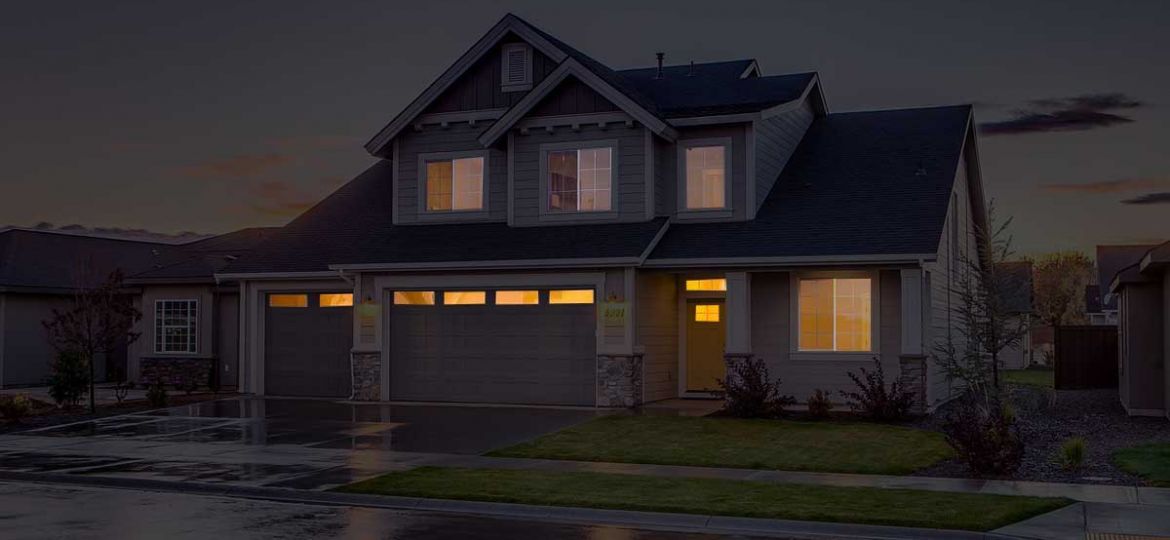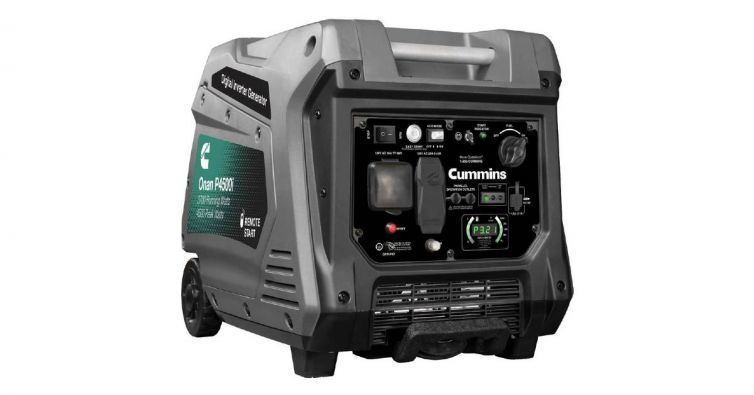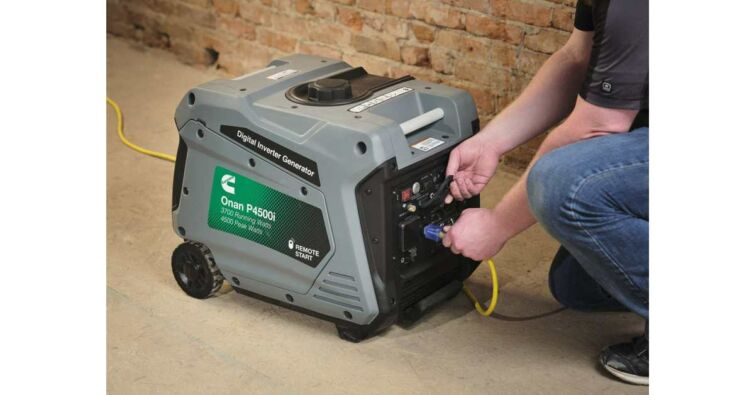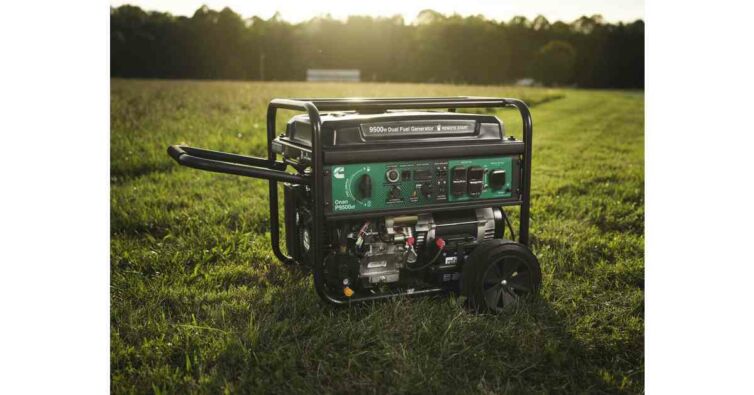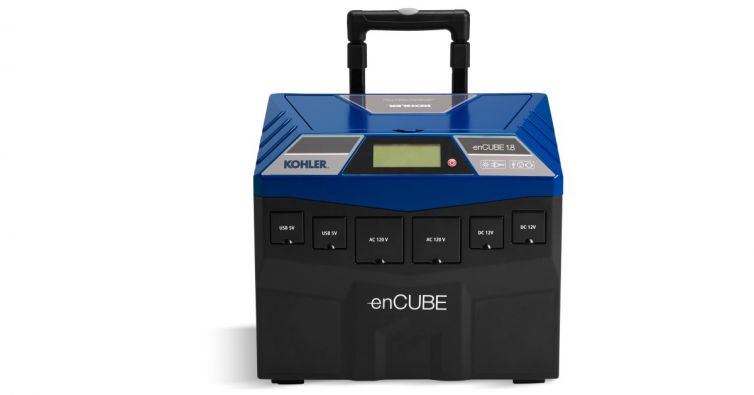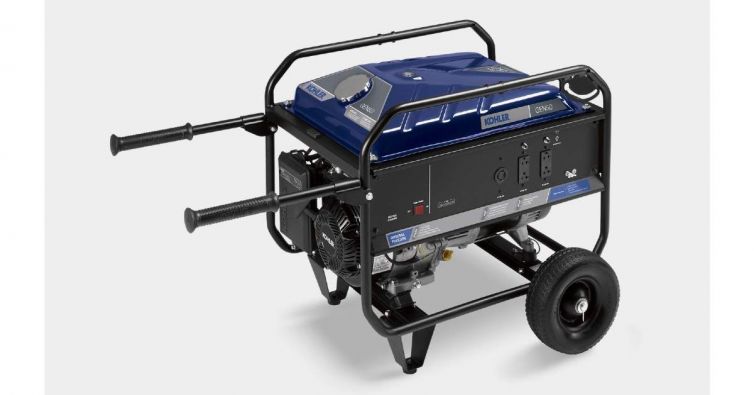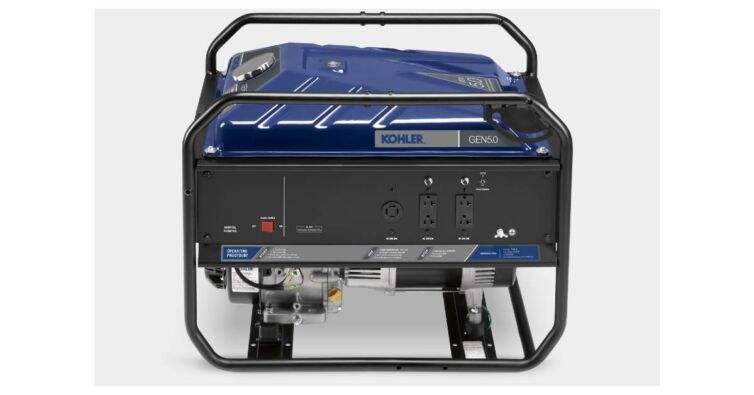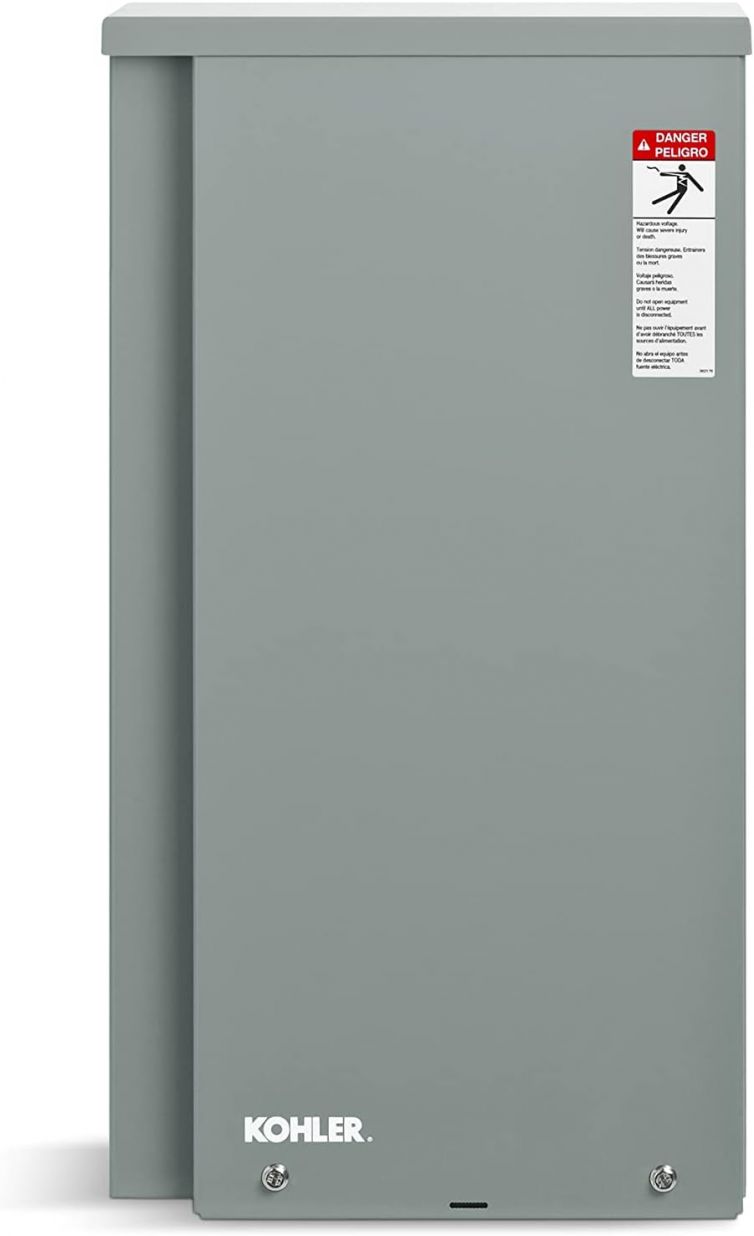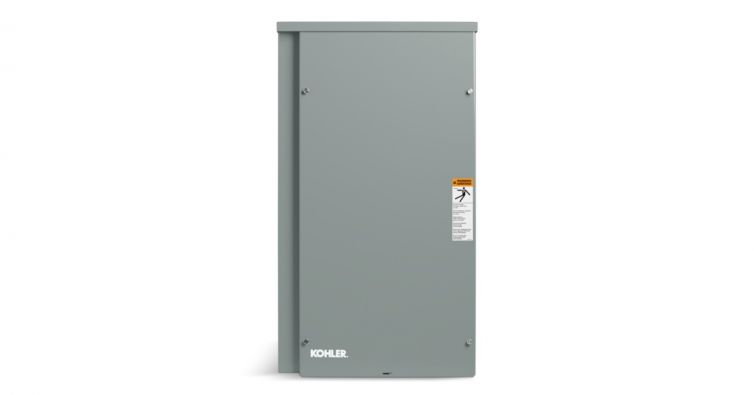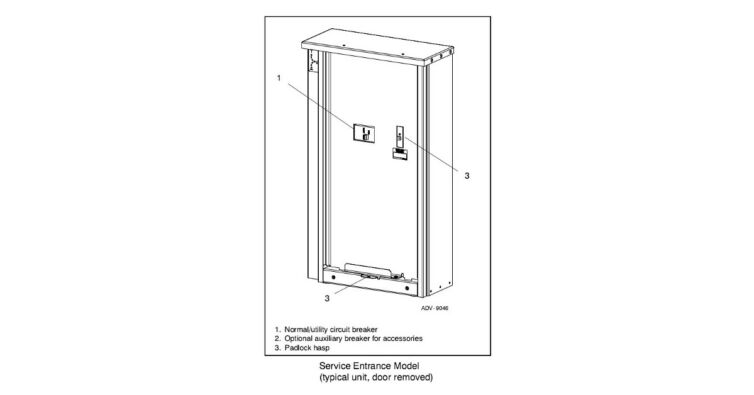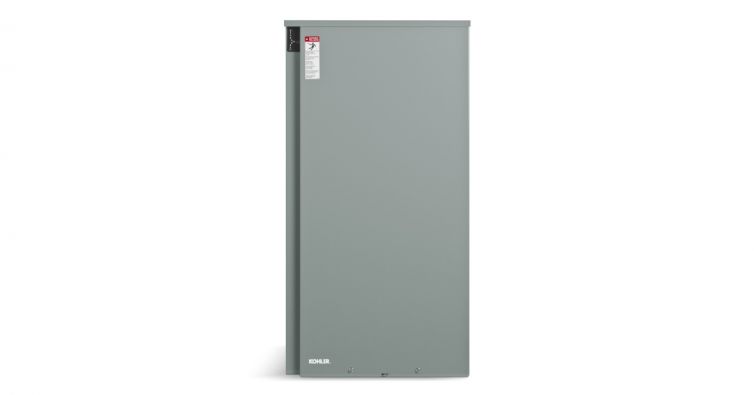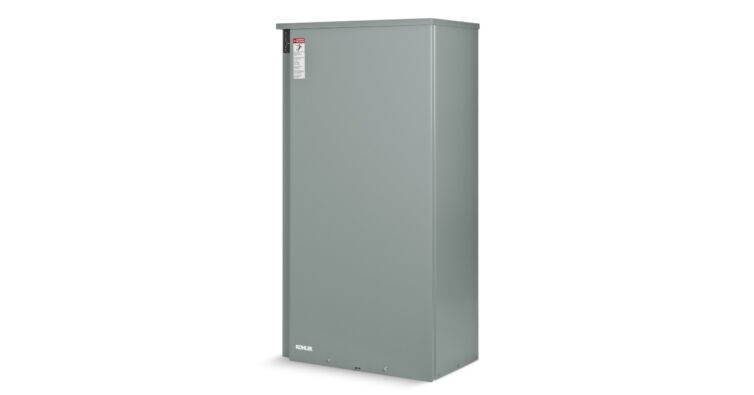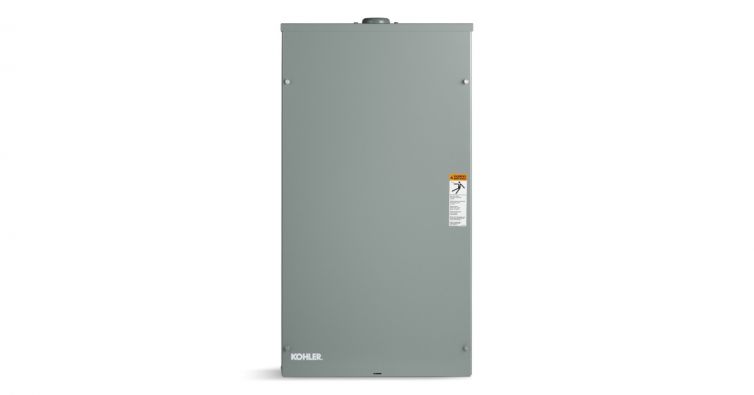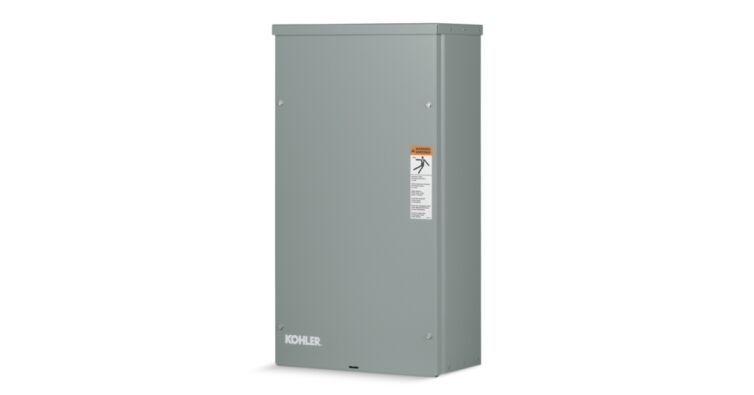Portable generators are extremely useful for the multiple functions they have. They are always available when we need power in the garden, on our camping trip or when facing a power outage at home.
Sticking to the power outage at home, it is always slightly risky to be connecting improvised extensions throughout the house and realizing that we cannot always connect everything we would like at the same time. Not because of the capacity of the generator, but because the extensions that we have do not reach the needed distance, or because we cannot agree with the family on the priorities, of which devices are we going to use during a blackout.
How to make a comfortable and safe use of a portable generator during a blackout at home?
Following lines will give you a better idea…
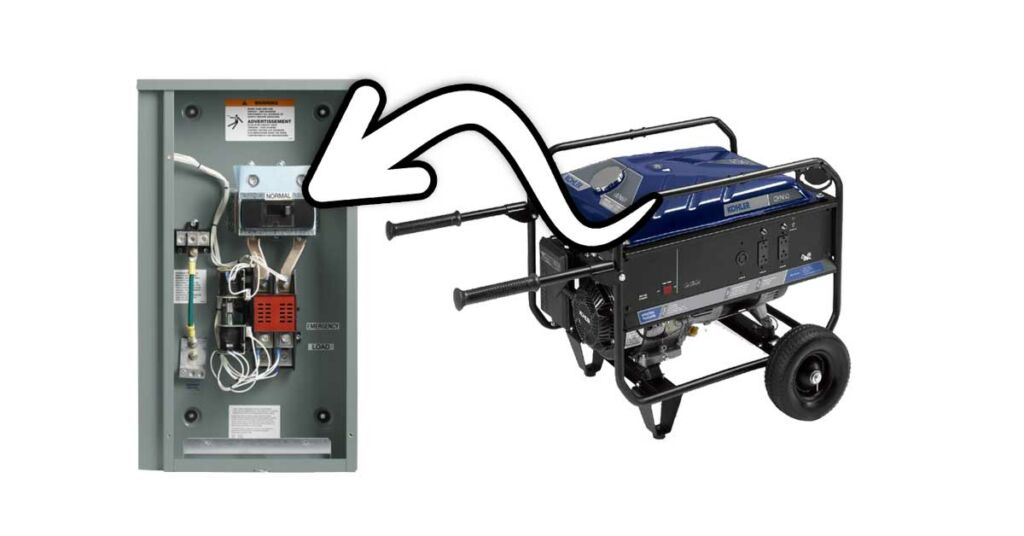
Connecting your portable generator with electrical extensions can be a good temporary solution, but if you have invested in a solid powerful portable generator, you will not be able to connect everything you want during a power outage even if the generator has the capacity.
Installing a transfer switch in your home will allow you to use power from your portable generator using the wiring that already exists in your home. Then you will need to pay attention to turn on simultaneously those devices that your portable generator has the capacity to feed. Regardless of how far they are from the generator, since the power of the portable generator will be transmitted through the wiring of the house.
If you want to study a transfer switch in greater detail, we recommend our article: WHAT IS A TRANSFER SWITCH AND WHY DOES MY POWER GENERATOR NEED ONE?
How to choose a portable generator transfer switch?
As we have discussed in the article on transfer switches, these devices are essential. A transfer switch is crucial when using a generator. You can create a more secure connection between the generator and the electrical wiring in your home, farm or a building. As reported in the article (Click here to read it) there are manual transfer switches and automatic transfer switches. Due to the nature of portable generators and their functional characteristics, generally, if you have a portable, towable, or PTO generator, you will select a manual transfer switch.
After clarifying the use of a manual transfer switch, the question that follows is: How to select the right one?
Depending on the size of your property, the number of devices you wish to power, and the capacity of the portable generator, you may need a larger or smaller manual transfer switch. When we say “larger or smaller”, we are referring to more or less “amps”. Amp is a term that measures the amount of electricity that is capable of flowing through the transfer switch. The more devices you wish to power concurrently, the larger portable generator you will need including the manual transfer switch with more amps.
It is recommended that the ampere rating of the transfer switch match the rating of the main breaker in the electrical panel. For example, a 400 amp main switch requires a 400 amp automatic transfer switch. This will enable you to install a “standby generator” (not portable) or the “full house” generator without the need to change the transfer switch. To ensure the system operates efficiently and safely, your generator must be sized according to the required amperage of your automatic transfer switch and the main breaker of the building in order to be powered. If your portable generator has a lower capacity, keep in mind that you will not be able to concurrently turn on all devices if the sum of their standard powers is greater than the nominal power of your generator and multiplied by a safety factor of 0.5 (50%) for commercial applications, and with safety margin of 0.65 (35%) for most home contexts.
Portable generator for sale:
SKU: A058U955
SKU: A058U967
SKU: PA-GEN50-2003
Thank you!
We will contact you soon.
How to install a portable generator transfer switch?
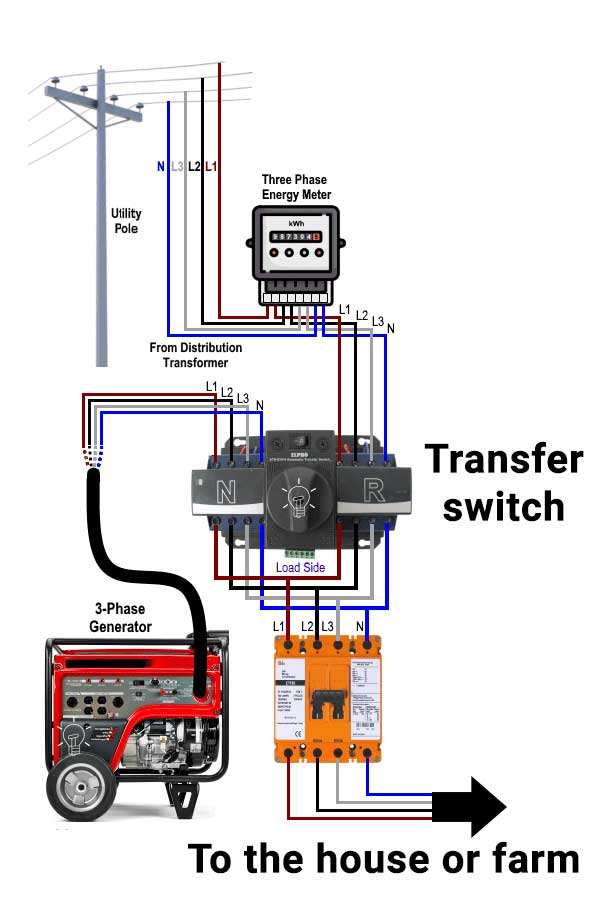
In the graphic above you can see the installation diagram of a three-phase portable generator to a transfer switch for feeding a house or a farm. Farms are the most common cases of three-phase installations use together with for example factories. This would be the most complex case of installation and we include it here for your reference. (For a more explicit reference you can use the video listed below).
Below is a step-by-step description of installing a manual transfer switch for a single or two-phase portable generator, which is the case for most installations.
List of tools you will need for installation:
– Drill
– Pliers.
– Wire stripper
Elements of the installation that you must have handy to be able to proceed with the installation:
– Portable generator.
– Manual transfer switch.
– Power input.
– 10-3 non-metallic wiring
– Wire nuts
Steps:
1. Place the manual transfer switch as close as possible to the main electrical panel.
2. Select up to 10 circuits to be powered by the generator (240 volt circuits require two points on the transfer switch).
3. Important: To work safely turn off the house power at the main electrical switch.
4. Remove the main electrical panel cover. Work inside the electrical panel is recommended for licensed electricians only.
5. Locate an available knockout hole in the electrical panel and remove the plug. Connect the shielded cable from the transfer switch to the electrical panel.
6. Connect the neutral and ground wires from the transfer switch to the corresponding bus bars in the main panel.
7. Locate the first circuit to be powered by the generator and remove the power cord from the existing circuit breaker. Replace that wire with the red transfer switch wire marked “A.” Connect the black wire marked “A” from the transfer switch to the removed power wire using a wire nut. Repeat this process for all 10 circuits, making sure the red and black wires from the transfer switch are a matching pair.
8. Use 10-3 non-metallic wiring to connect the transfer switch to an outside power input.
9. Use the supplied generator cable to connect the power input to the generator (or make your own cable if you want a longer one using bulk cables and connectors).
10. Make sure the generator has fuel or load, then start the generator.
11. To test the wiring connections, switch the transfer switch switches from “Line” to “Gen”. The generator must power the selected circuits.
This installation can cost approximately US$3,000 for a standard home and will require a moderate skill level. If you do not have adequate knowledge, we invite you to hire an electrical contractor in order to avoid security problems in your home.
In the following video from recommended YouTube channel @thisoldhouse we invite you to watch an excellent tutorial on how to install a portable generator through a transfer switch.
Where can I buy a portable generator transfer switch?
At Brags & Hayes Generators we strive to have the best transfer switches at your disposal together with the pre-sale and post-sale advice needed so you can realize the installation of your portable generator using a transfer switch.
Below are the transfer switches at your disposal in our online store:
transfer switches for sale:
SKU: RXT-JFNC-0100A-QS7
SKU: RDT-CFNC-0200A-QS7


